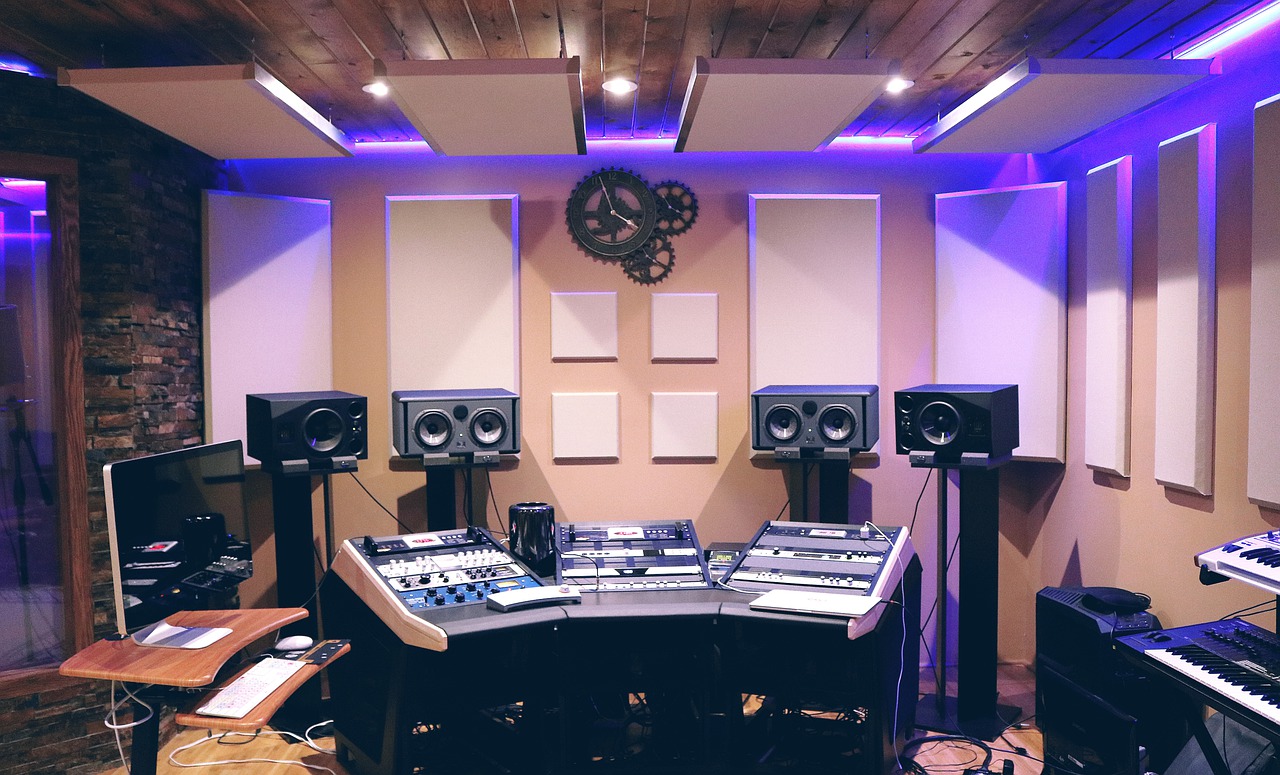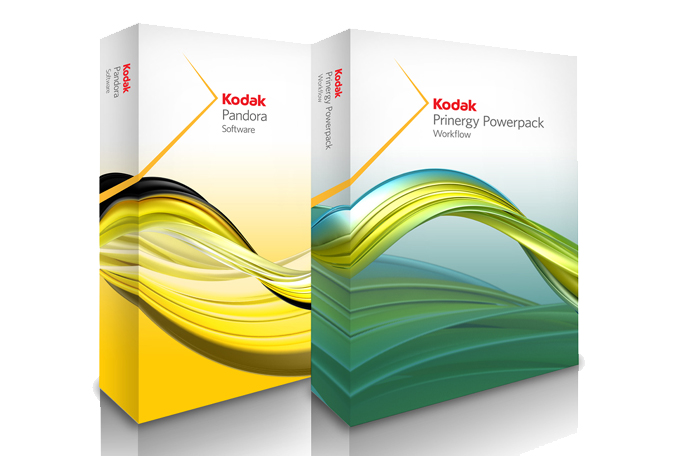No matter you’re filming a movie or a commercial announcement; you will undoubtedly need sufficient lighting. To be specific, lighting is one of the many crucial elements contributing to achieving a professional appearance. Therefore, it stands to reason that you must be familiar with lighting principles in order to ensure that the effort you put into your work is worthwhile.
However, achieving the correct illumination can be a challenging task. The good news is that you can conduct a professional shoot if you put in enough work and understand lighting techniques quickly. To create perfect studio lighting, specialised tools and the right set of commercial indoor and outdoor lighting are essential.
In this blog, we’ll explore the numerous strategies and ideas required to help you spark up the next event. Read on!
Studio Lighting: Basic Rules To Follow
A studio can be any space, be it your office, an empty room, or a space where you have some sort of backdrop to manage and control lighting. As simple as it seems, studio light planning and execution requires a lot of expertise.
Besides, like all things, there are some basic rules that you must follow to master studio illumination. One of the most important steps is to make your luminosity soft and calm as much as possible. Soft illumination envelopes the entire atmosphere in a uniform manner. It is accomplished by increasing the width of the light beam.
As a result, you get a smooth and dramatic ambience that makes the presenter or the model look pleasant and appealing to the viewers. Furthermore, this width can be increased further by placing a light source close to the object or adding a diffused material.
The second rule is to ensure the presenter is brighter than the background. The objective here is to highlight the talent and get them noticed. For this, light up the background and the model individually. You can consider a darker background for your presenter to look richer. Also, place separate backlights for each model to emphasise their features respectively.
After following these two rules, pay heed to an effective positioning of the front and backlights, once you have finalised the indoor lighting system for the studio. If not, here are some efficient lights to pick for powerful studio lighting.
LED Lighting
LED lights do not emit heat and can withstand warm temperatures. Hence, they are suitable for a studio space equipped with various computers, machines, and tools. This way you can get a cool environment with different colours and radiance to adjust and enjoy recording sessions to the fullest.
Strip Lights
Try using strip lights in your recording studio for a softer lighting effect. Although they have an adhesive backing and may be carefully applied to any surface, these lights are most frequently used to light up areas under cabinets or add accent lighting to furniture.
Smart LED Lighting
Install smart lighting controls and fixtures to bring creativity and synergy into the space. This will enable you to control the illumination from the gadgets. Your light control and adjustments will be in your hands, rather than walking miles to switchboards, especially in the middle of the shoot.
Today, various lighting companies offer the above-mentioned types of lighting with quality, assurance, and brand credibility. All you need to do is to trust the right supplier and technician. For instance, you can explore Wipro Lighting products. They have a wide range of luminaires, from normal LED lights to smart solutions and low ceiling luminaires at a single destination.
Hope this guide helps you understand the basics of studio lighting and which lighting solutions to consider for an optimum look.
For detailed information or personalised suggestions, seeking assistance from a light technician may help you a lot.




